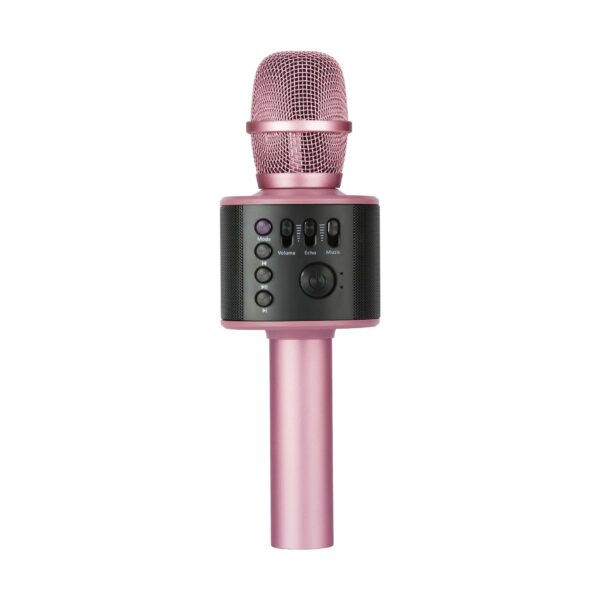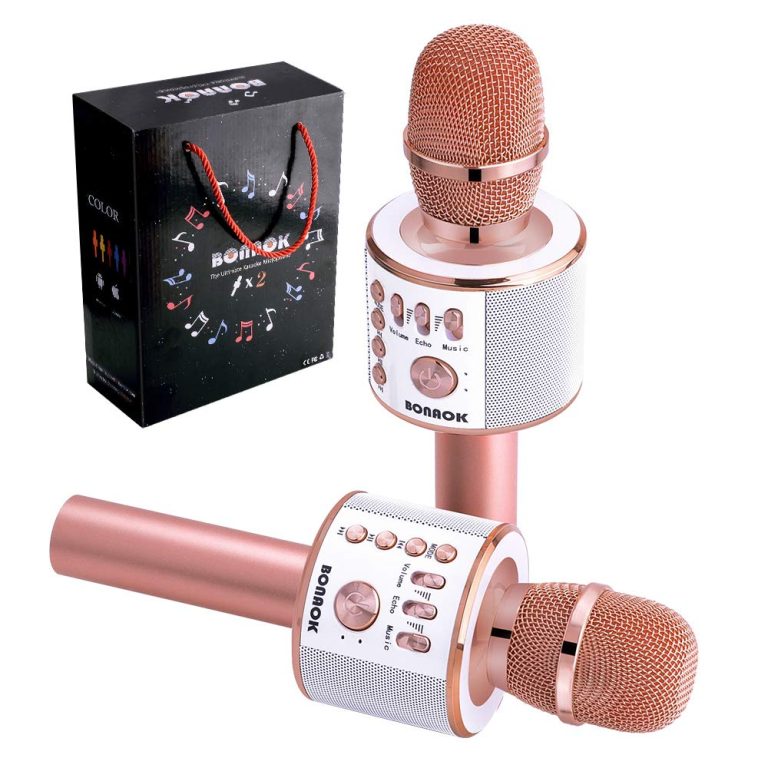As technology evolves, Bluetooth microphones have become essential tools for various applications, including video conferencing, podcasting, music recording, and content creation. Whether you are a professional or a casual user, selecting the right Bluetooth microphone can significantly enhance your audio quality and overall experience. This guide will explore the key factors to consider when choosing the best Bluetooth microphone to meet your needs.
Understanding the Types of Bluetooth Microphones
Handheld Microphones
Handheld microphones are versatile and portable. They are ideal for live performances, interviews, and broadcasting. These microphones allow you to hold them easily while speaking, singing, or making presentations. Their designs typically include a built-in pop filter to reduce unwanted noise from plosives, which can improve audio quality during vocal recordings or live events.
A significant advantage of handheld microphones is their mobility and convenience. You can easily pass them around for interviews or hand them to speakers in a group setting. Some handheld Bluetooth microphones also feature headphone outputs, allowing for real-time monitoring of sound, an essential feature for performers and presenters.
Lavalier Microphones
Lavalier microphones, also known as lapel mics, are small clip-on devices designed for discreet audio recording. Often favored by broadcasters, content creators, and public speakers, these microphones offer hands-free operation, making them perfect for interviews or presentations. Their compact size allows you to clip them to clothing without drawing attention to them, providing a clean and professional appearance.
One of the significant benefits of using a lavalier microphone is its ability to capture clear audio from a distance. Whether you’re moving around the stage or interacting with your audience, these microphones can pick up sound accurately without requiring you to hold a device. Many lavalier mics come with windshields to minimize noise and enhance sound clarity when recording outdoors.
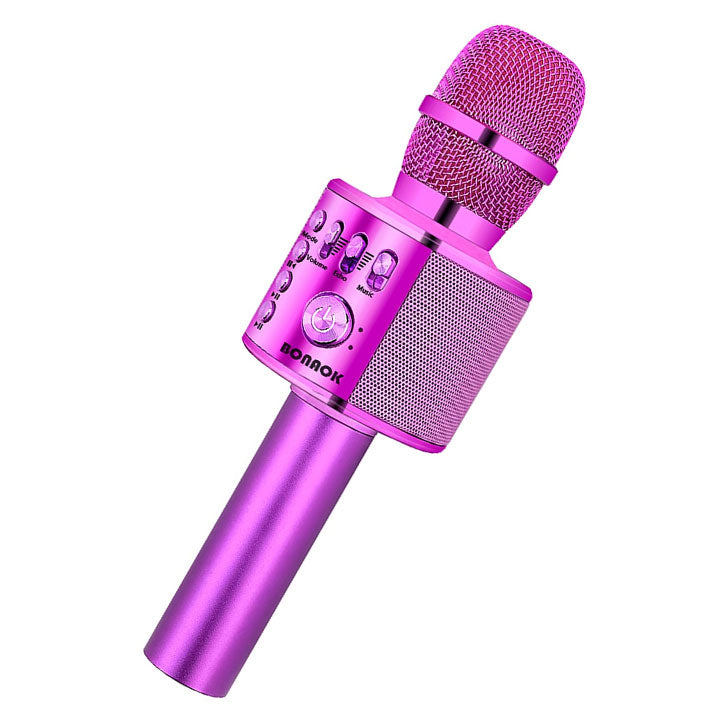
Audio Quality and Performance
Sound Fidelity
When choosing a Bluetooth microphone, sound quality is a top priority. Look for microphones that deliver high-fidelity audio. A quality Bluetooth microphone should capture a wide frequency range—typically between 20 Hz to 20 kHz. This range ensures that both low and high frequencies are accurately represented, allowing for more detailed and expressive sound reproduction.
Consider checking the microphone’s sensitivity rating, which indicates how well it can capture sound. A higher sensitivity rating means the microphone can pick up softer sounds, making it ideal for quiet environments. On the other hand, dynamic microphones tend to be less sensitive but can handle higher sound pressure levels, making them better for louder scenarios.
Signal Stability
Bluetooth microphones vary in their signal stability and transmission range. A reliable microphone should maintain a stable connection without dropouts or delays, especially during important recordings or live events. Ideally, look for models that utilize Bluetooth 5.0 or later versions, as they offer improved transmission ranges and reduced latency compared to earlier Bluetooth versions.
Be sure to check user reviews or professional evaluations for insights into a microphone’s performance in real-world conditions. A microphone that maintains a strong signal at various distances is essential for ensuring you can move freely without sacrificing quality.
Battery Life and Charging
Longevity of Use
Battery life is a critical factor when selecting a Bluetooth microphone. A longer battery life allows for extended use without frequent interruptions, crucial for recording sessions, live events, or long meetings. Some microphones offer several hours of continuous use on a single charge, while others may only perform adequately for a couple of hours.
Research different microphone brands and models to find one that aligns with your usage patterns. If you plan on extended use, choose a microphone known for its long-lasting battery performance. Additionally, check if the microphone has quick charge options for further convenience.
Charging Options
Consider the charging method for the microphone. Some models utilize USB-C charging, while others may use proprietary cables or batteries. Universal charging options like USB-C are desirable for convenience, as they accelerate the charging process and make it easier to find compatible charging devices. Make sure the charging method aligns with your preferences to minimize hassle in regular use.
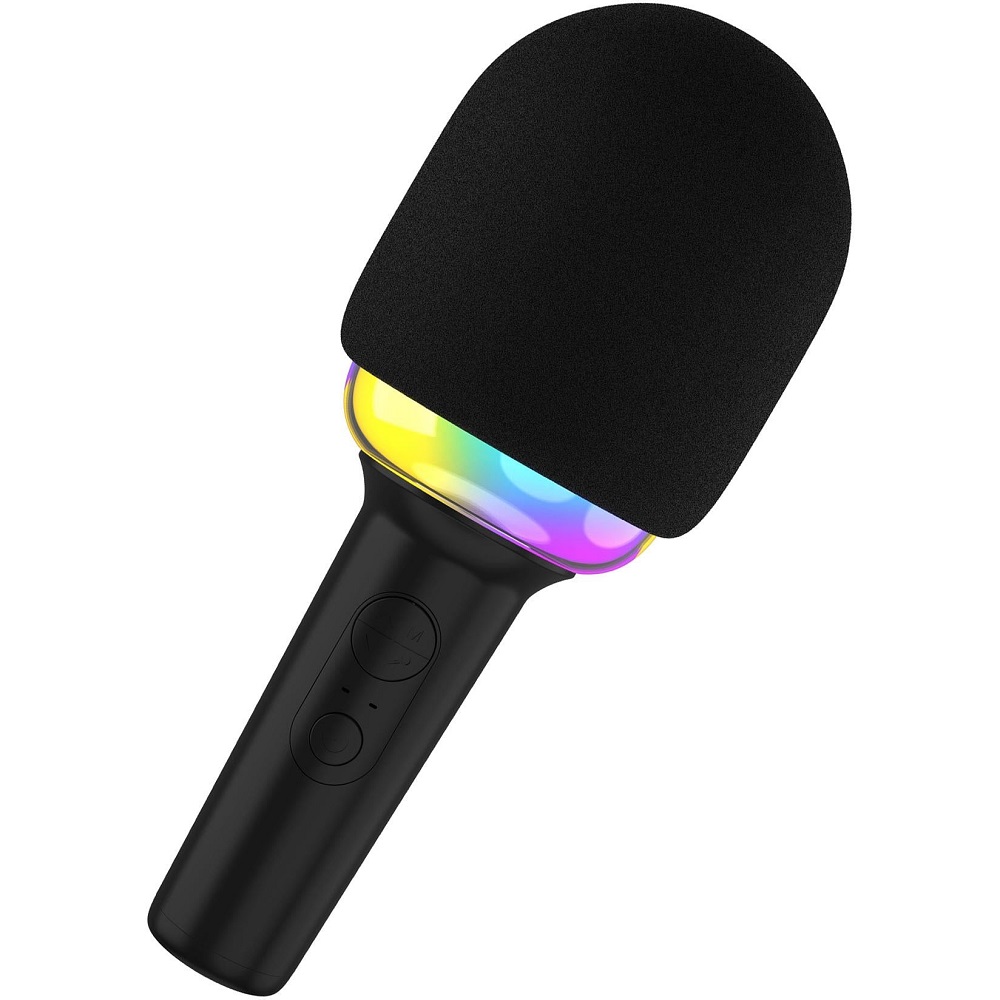
Connectivity and Compatibility
Ensuring Device Compatibility
Before purchasing a Bluetooth microphone, check its compatibility with your devices. Most microphones work seamlessly with smartphones, tablets, and laptops, but it’s important to confirm that your specific operating system or platform is supported. Some microphones come with dedicated apps that enhance functionality and provide additional features, so verify that you can take full advantage of these options.
Compatibility goes beyond just operating systems. Consider whether the microphone can connect to different devices simultaneously. This feature can be particularly useful for content creators who may want to connect their microphone to both a camera and a smartphone, allowing for more flexibility during recording sessions.
Bluetooth Range and Frequency
Assess the Bluetooth range of the microphone you are considering. Ideally, look for microphones with a range of at least 30 feet (10 meters) to ensure you can move around freely without losing the connection. Greater ranges are particularly beneficial for performers and presenters who may need to interact with the audience.
Additionally, choose Bluetooth microphones that operate in the 2.4 GHz frequency band. This frequency offers a broad range of compatibility with audio devices while minimizing interference. Some high-end models utilize multiple frequency sets or automatic frequency selection to further enhance signal stability.
Durability and Build Quality
Material and Construction
The construction of a Bluetooth microphone plays a crucial role in its durability and performance. Look for microphones made from high-quality materials that can withstand daily use, especially if you plan to use them for live performances or outdoor activities. Metal casing tends to be more robust than plastic, providing better protection against drops and potential impacts.
Consider microphones with weather-resistant properties if you intend to use them outdoors. Moisture can damage sensitive internal components, impacting audio quality and performance. Brands that offer weatherproofing often indicate this feature in their product specifications.
Portability and Weight
Portability is another factor to take into account. If you plan to travel frequently with your microphone, choose a lightweight option that is easy to carry. Handheld microphones are generally compact but slightly bulkier than lapel microphones. When selecting a handheld model, consider options with ergonomic designs to make them comfortable to hold for extended periods.
Many brands offer carrying cases for their microphones, providing added protection during travel. Investing in a protective case can ensure that your microphone remains in good condition, preserving its performance for years to come.
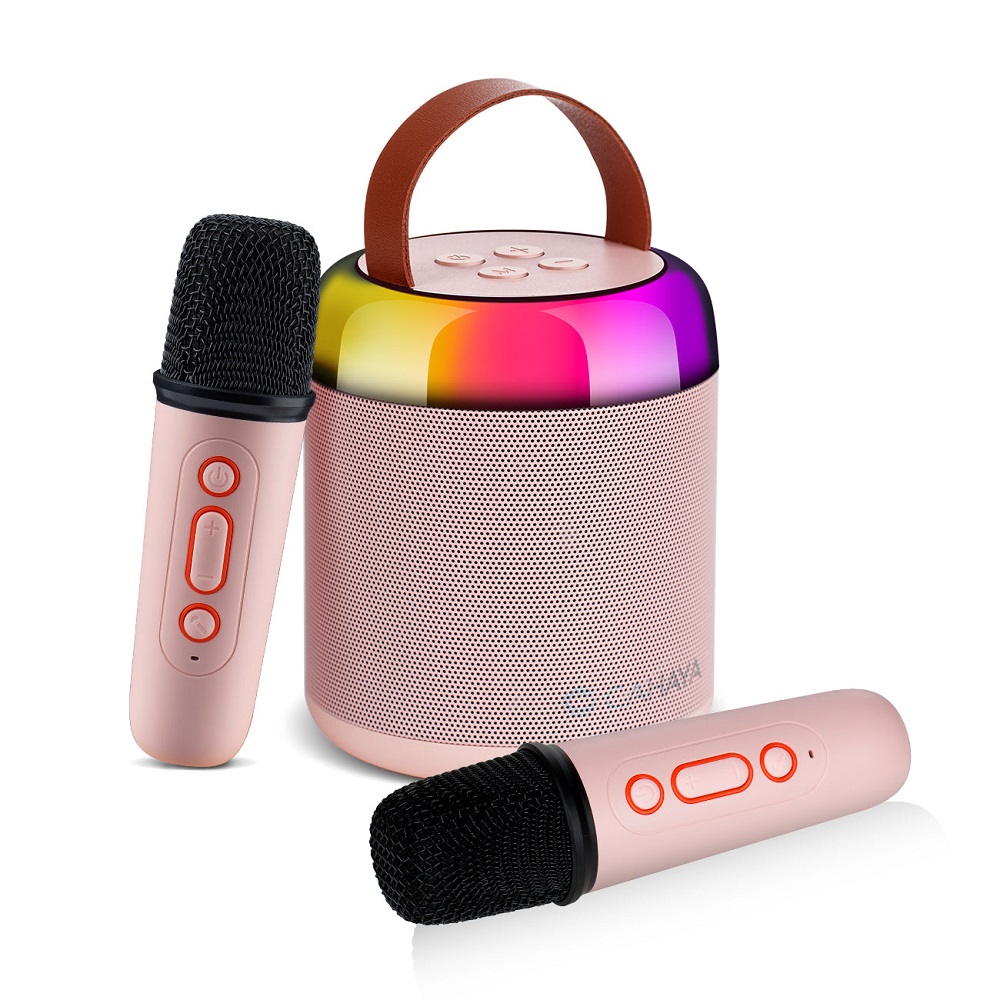
Budget Considerations
Determining Your Price Range
Your budget significantly influences your choice when it comes to Bluetooth microphones. Prices can vary widely depending on features, brand reputation, and audio quality. Entry-level models may start at around $50, while professional-grade microphones can exceed $300.
Establish your price range early on to avoid overspending. Identify must-have features and evaluate how much you are willing to invest. A more expensive microphone might offer advanced capabilities, but you may find that a mid-range option meets your needs without breaking the bank.
Evaluating Features versus Price
When considering price, weigh features against your requirements. A higher price tag may reflect superior build quality, enhanced audio fidelity, or additional features such as noise cancellation or connectivity options. However, if your needs are straightforward, it may be more prudent to choose a budget-friendly model that offers good performance without unnecessary extras.
Look for customer reviews and online comparisons to understand what you might be sacrificing by choosing a budget option versus a higher-end model. Finding the right balance between features and cost is key to making an informed decision.
Conclusion
Navigating the world of Bluetooth microphones can be daunting, especially with so many options on the market. By understanding the types of microphones available, considering audio quality, and evaluating features such as battery life, compatibility, and durability, you can confidently select the best microphone for your needs.
Regardless of your intended use, whether for streaming, podcasting, or performance, knowing what to look for will ultimately guide you to a microphone that enhances your audio quality and provides a seamless experience. You can elevate your sound quality and achieve optimal performance with the right choice in Bluetooth microphones. Explore the options available, and get ready to experience a whole new level of audio clarity and convenience!
